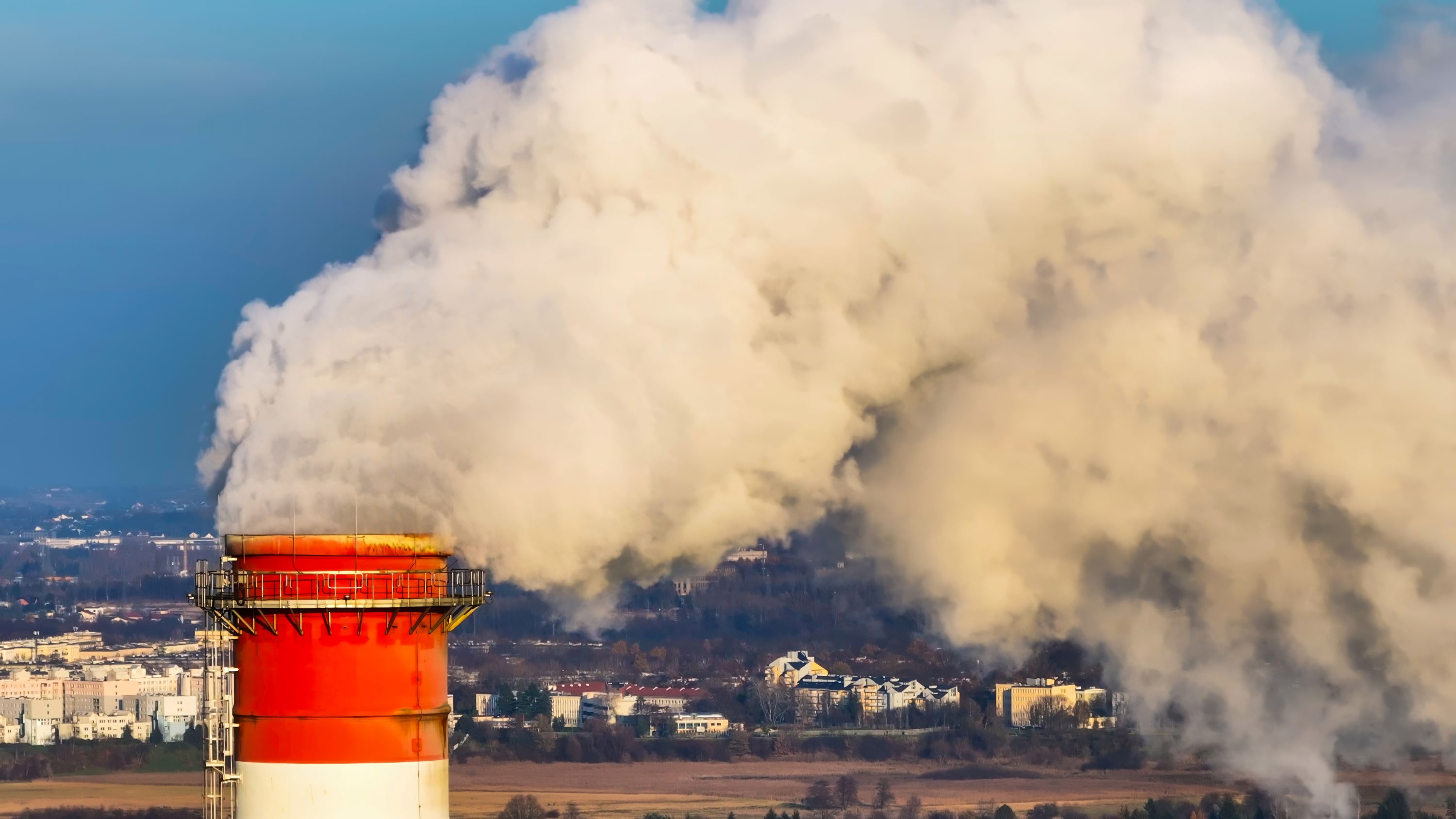Deaths due to wildfires could double in Europe by the end of the century
Premature deaths due to smoke pollution from wildfires will multiply to reach nearly 1.5 million deaths per year by the end of the century, according to a study published in Nature. The authors estimate that the increase will be much greater in Africa (11 times more deaths in 2095-2099 than in 2010-2014) than in Europe and the US (up to twice as many). Another study published in the same journal estimates that, under a high CO2 emissions scenario, there will be more than 70,000 additional deaths per year from fires in the United States by 2050.









